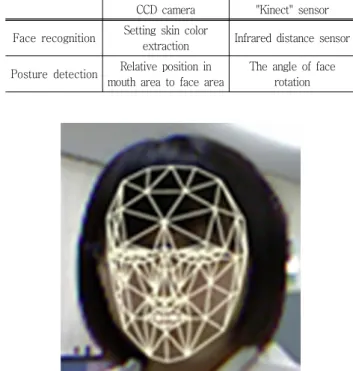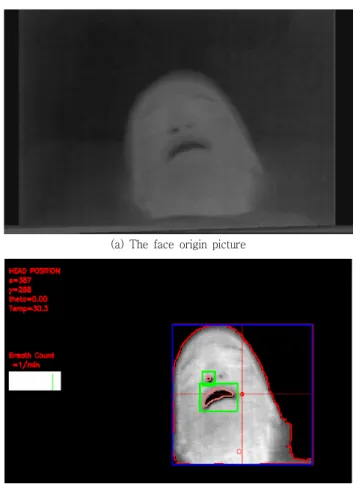monitoring system for nursing person
Ai Ichiki
*,†․ Hidetoshi Sakamoto
*․ Yoshifumi Ohbuchi
**
전체 글
*
수치



관련 문서
This thesis implements the intelligent image surveillance system based on embedded modules for detecting intruders on the basis of learnt information, detecting fires on the
In this paper, we developed a data management system for shipboard machinery equipment and the monitoring application for the verification of the utility, and we
In this thesis, P controller for pitch controller of outer loop control system and PD controller for fin controller of inner loop control system are
• Various types take different amount of memory and some pointer operations require knowledge of that size... Pointers:
indicated input stream fgets( char *s, int n, FILE *) Address of the string/NULL pointer. fputs() Writes the character string pointed to
– This line announces that the program uses a type void function called starbar() & compiler expect to find the definition for this function elsewhere.. May put
The purpose of the study is to develop a sensor data collection and monitoring system with database using IoT techrology and to apply the ststem to three
In this paper, a methodology for estimating the parameters of non-linear system including stabilizing system(Night Vision Pedestal System) was presented.. To